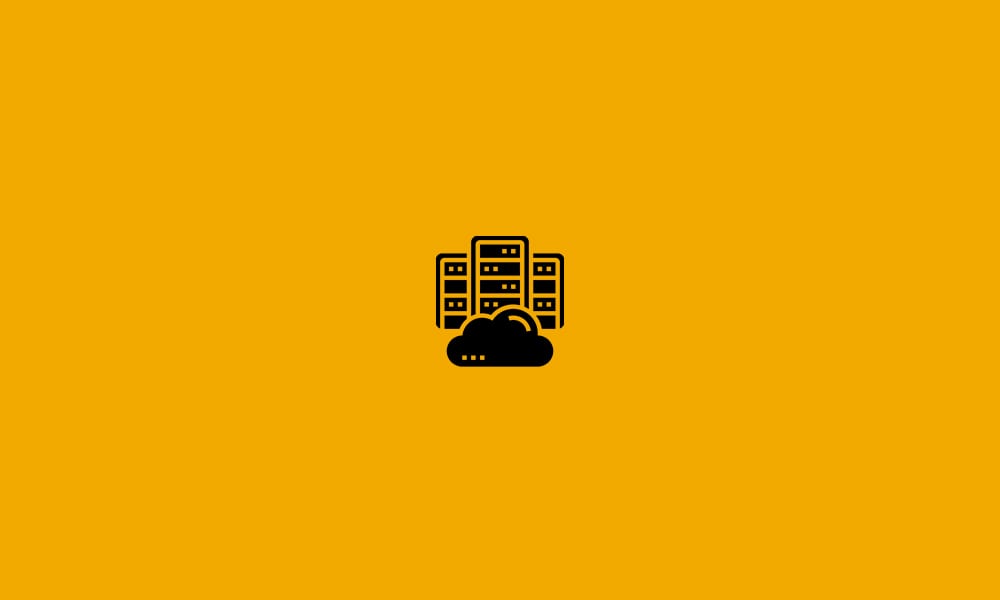Updates have become a regular part of our lives. Whether it’s your phone, your computer, your software programs, or even a gaming system, you likely receive a notification every week or two informing you that there’s an update available.
In certain situations, these updates may be required before you can continue to use a particular device or piece of software. Often, however, they are “optional”. That is, you get to choose when (or if) they’re done.
While these updates are important and provide critical functionality and security updates, ignoring them won’t have immediate repercussions for most personal devices. That’s not to say you shouldn’t be updating your phone or that personal copy of Photoshop. Ignoring updates can lead to technical issues, and may even expose you to security risks.
That’s why, when it comes to commercial devices, it’s critical to always stay on-top of updates and general maintenance for the sake of security and performance. This is especially true when it comes to your server systems.
What Does Server Maintenance Look Like?
Updating and maintaining a server is more than simply installing a newer version of the OS that runs on it. A server doesn’t just involve a singular piece of software, but a network of software and firmware that works together to keep your systems running. Because of this, updates and patches are performed across multiple areas of the server.
Additionally, servers need to be physically examined, cleaned, have their temperatures monitored, and more.
The most critical part of server maintenance, however, is verifying and updating backups. With proper backups in place, a business is protected against any number of otherwise catastrophic situations. Should updates cause an issue or temporarily take your system offline, backups can be utilized to quickly get you up and running.
However, to keep things running and updated, systems have to occasionally go offline, powered down, and/or reset so that changes can be implemented. Update scheduling and rollouts are an important part of server maintenance. This allows updates to happen during non-critical hours, usually late at night or over the weekend.
While it might seem like a hassle to keep everything constantly updated and occasionally experience a brief loss in performance as your system is updated, it’s far better than the alternative. Server updates and maintenance are what keep your systems running optimally and protected from the latest in cyber threats.
The strategies used by hackers and malicious programs are constantly evolving as system weaknesses are discovered. Constant maintenance and upgrading are the only ways to keep your systems safe.
As you might imagine, this involves a lot of on-going work, often requiring a dedicated person (or team) to monitor statuses, schedule updates, and rollout changes. Because of this, many modern businesses rely on third parties to handle their ongoing monitoring and maintenance.
At DataYard, we not only employ an experienced staff of IT professionals, but we have our own data center fully equipped to handle your hosting needs. With these two areas of service combined, we’re perfectly positioned to be all-in-one network solution.
We’ll make sure that your systems are monitored, maintained, and equipped with the latest cyber security in Dayton, Ohio. Contact us today.





